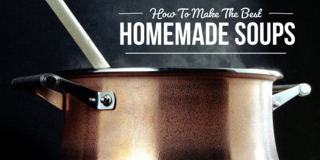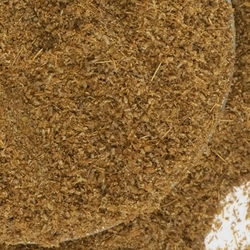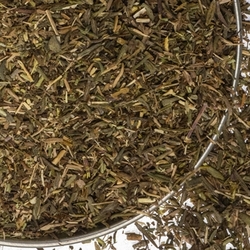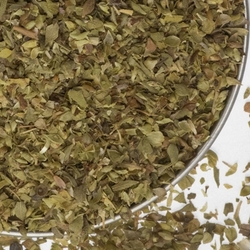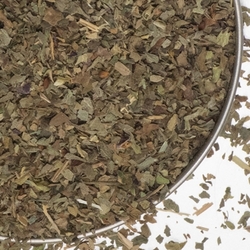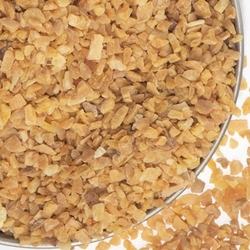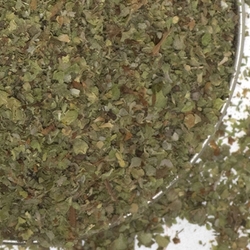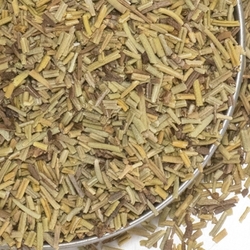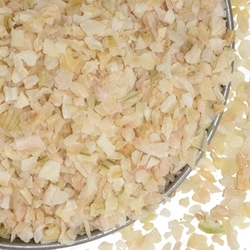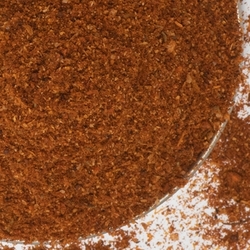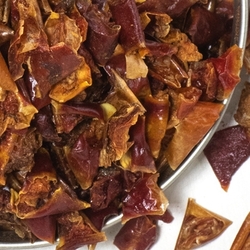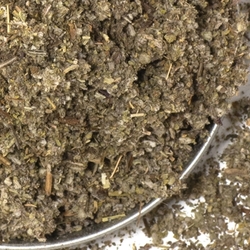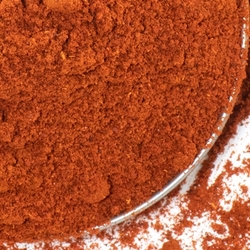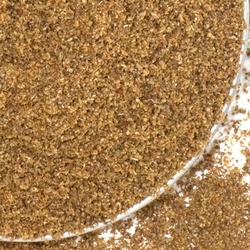How to Make the Best Homemade Soup
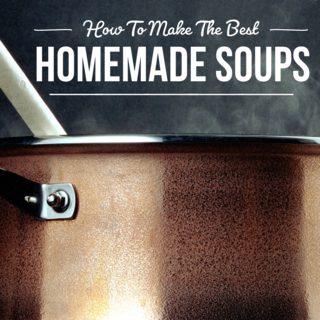
The best time of the year for steamy hot comfort food is winter. When else can you enjoy soup every night of the week while still welcoming that comforting sweat on your forehead that hot food in your stomach brings? Certainly, the summertime is not optimal for this type of physical response to food, so enjoy the cold while it lasts.
If you love soup as much as we do, you probably already know that canned soups are full of sodium and preservatives, while they also lack true depth of flavor. How they managed to load soup full of salt and still have it taste bland is a mystery to us. The average cup of soup has 1,000 mg of salt, or two days' worth of sodium. Realistically, you could probably down an entire can of soup in one sitting, not just a cup, so your poor heart is suffering from extreme salt overload after just one meal. You would have to consume nothing but water for the next week to balance out all that sodium!
Preservatives can be scary, too. Some companies use MSG as a flavor enhancer and consider it a spice, even though it really isn't. Some people have adverse reactions to MSG, like feeling tired or sluggish, with a select few people even reporting rashes after contact with MSG.
So, what can you do? Make homemade soup, of course! It is easier than you think to make a delicious soup that can be on the table in under 30 minutes. It will be tastier, better for you, and more filling than canned soups. Eating soup as an appetizer also has the bonus of filling you up enough to help you reduce your caloric intake of up to 20%, which is a fair amount. This might be reason alone to make you want to start with soup!
If you want to begin mastering the art of making delicious homemade soup, we have five ingredient types that you should be aware of. These are base seasonings, liquids, vegetables, proteins, and finally carbs.
Spices and Seasonings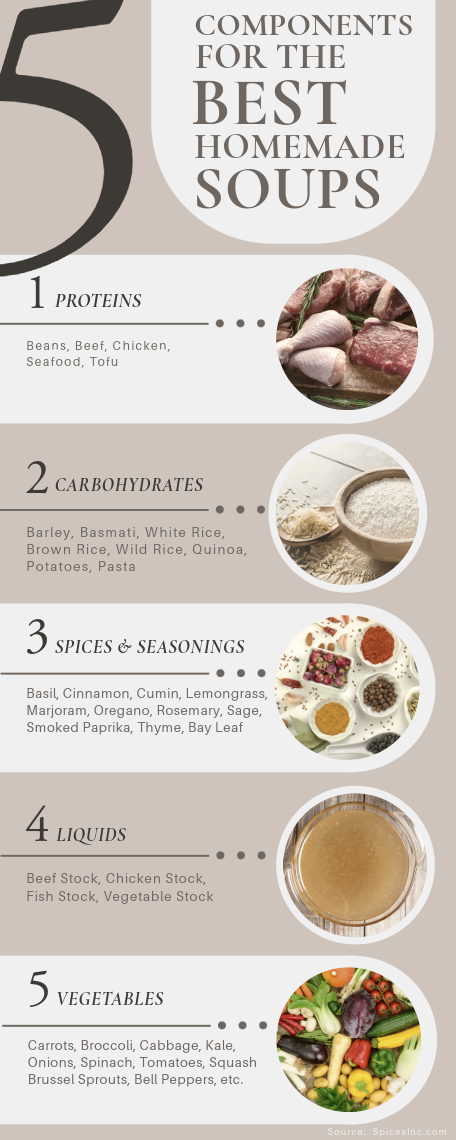
This is a subject that really requires its own blog post, but we can give you a quick rundown here. The secret to good soup is surely in the seasoning. Mentioned here are both seasonings and spice blends, which give layered flavor and are quicker to use for people who haven't ever experimented with building their own flavors before. Vegetable soups are a wonderful place to start if you have never made a soup before. Some people think they are bland and tasteless, but they can really come alive with the right seasonings. Things like bell peppers, celery, garlic and onions are wonderful starters. Dehydrated vegetables like these are excellent for soup, but the fresh are just as good if you already have them on hand.
Spices like basil, cinnamon, cumin, lemongrass, marjoram, oregano, rosemary, sage, smoked paprika and thyme are perfect. Each has a different strength and a different place, but all can be used for vegetable soups. Bay leaves can be added as well, but they must be removed before serving your soup.
Seasoning blends like Moroccan Vegetable or Ras El Hanout meld well with vegetables. Seasoning blends are a time saving option, and they offer up unique flavor profiles that you wouldn't get from just using one or two spices. Get creative and don't be afraid to experiment!
You may be asking yourself, "how can I make my chicken soup more flavorful?" and the answer is just the same way as you would make vegetable soup more flavorful. Herbs are especially fitting for chicken soup. Lean toward that rosemary or basil to add some color to this kitchen classic.
Liquids
There are some basic choices for a liquid in your soup. You may want to go with beef, chicken, fish, or vegetable stock. For convenience sake you could pick these up at the supermarket, but they might be high in sodium, which is something you may have wanted to avoid from the get go. If you make your own stock, you can make it in bulk and then freeze it, using it as needed. This is obviously a bit more time consuming, though it'll yield lower sodium, healthier results. Tomato juice or tomato puree may be a good base for a vegetable soup, if you favor that tomato flavor. Some people even like to substitute ¼ of the total amount of liquid for the base with an alcoholic beverage, like beer or wine.
Vegetables
You cannot go wrong with vegetables in soup! Americans are severely lacking in their vegetable intake, so eating them in soup can only do good for the body. Some of the best fresh vegetables for soups are bok choy, broccoli, brussel sprouts, cabbage, carrots, kale, onions, red and green bell peppers, spinach, sweet potatoes, squash, tomatoes and zucchini. To prevent overcooking them, add greens such as cabbage later in the cooking process. Vegetables even go well with meaty soups, like chicken soup.
Proteins
Proteins come in many forms, not just meat. You could add beans, of which some of the most popular are black eyed peas, great northern beans, navy beans, and butter beans. Black beans can become a soup on their own, and it is delicious as heck. Cooked chicken, fish, or even tofu are good too. Edamame are young, soft boiled soybeans, and they are another excellent source of protein.
Carbohydrates
Carbohydrates are a tricky part of soup making. Some vegetables are already high in carbs, but you were probably thinking of noodles as soon as your eyes glanced over the word "carbohydrates." Whole grain noodles are healthier than the regular noodles, and things like barley, basmati rice, brown rice, faro, wild rice, and quinoa are good choices, too. If you, like dozens of other people, are wondering "what are the best noodles for homemade chicken soup?" you will want to stick to smaller cut noodles, like egg noodles, elbows, bow ties, and fusilli. Penne and rigatoni work as well. These noodle suggestions work across the board, not just for chicken noodle soup, though if you are thinking of adding noodles to your black bean soup, you probably won't see me at dinner.
Putting it all Together
The fun part is when you start making your soup. Once you have decided on what elements from each of the five groups you want in your soup, you can begin combining ingredients and enjoying the scent emanating from your kitchen.
- Prepare the Base- use a 6 quart pot and preheat two tablespoons of olive oil. Add one cup of your seasoning vegetables and a few tablespoons of spices. Spices can be added to taste.
- Add Your Liquid- Select what liquid you are using for the soup you are making. Add 4 to 8 cups, depending on how much you want to make. 4 cups will make a chunkier, thicker soup, while 8 cups will make a runnier soup. If you use a warm liquid, this will expedite the cooking process.
- Vegetables- Add 4 to 6 cups of chopped vegetables. Cook these for 10 to 15 minutes. Precooked or soft vegetables will cook much faster than hard or frozen vegetables. Your vegetables can drastically alter the time needed to cook, so adjust accordingly.
- Protein- It does not matter if you choose meat or beans, you should make sure the protein has been cooked prior to the addition of the soup. Add 1 to 2 cups of protein, depending on your own preference for chunkiness.
- Carbohydrates- This is the very last ingredient. Make sure these have been cooked first, and then add 1 to 2 cups. Cook for another five minutes or so, until the noodles are hot.
Once you have mastered these simple steps, you will be on your way to making soup every night for the next few frigid months. Experiment until you figure out what works best for you and enjoy the warmth you've successfully brought into your home.

